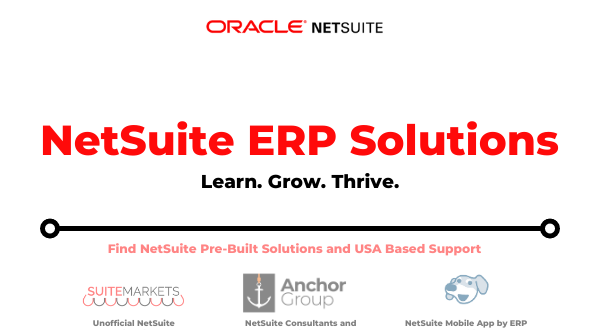In an environment of accelerated technology adoption, many corporate roles benefit and, therefore, are rethought from the fact that companies implement solutions such as NetSuite ERP in the cloud.
One of these functions is that of the controller, a person generally analytical, orderly, oriented to the facts and to the details, whose main mission is to be a watchdog of the different facets of the organization.
Of the controller’s work, functions such as these stand out:
- Supervises all accounting operations.
- Get statements, reports, and operational metrics.
- Maintains a control system over accounting transactions.
- It is in charge of carrying out audits.
- Install controls to mitigate risk.
- Ensures the company’s compliance with the authorities.
- Manage the generation of budgets and annual forecasts.
- Produces financial analysis.
- Proficient in controlling NetSuite mobile app.
These functions can be grouped into four main axes:
- Comments: Tell the story of the business based on its numbers.
- Business partner: supports decisions with a critical perspective.
- Custodian: establishes controls to comply with internal and external rules.
- Results Manager: keeps all the books and the correct registration of the company.
Regarding their Priorities, the following Stand out:
- Obtain all the information correctly, as well as reduce or eliminate processes that could have errors.
- Improve financial and management information; enable anytime and anywhere access to information for key business people.
- Deliver digital reports and explain the meaning of the measures implemented.
- Improve the efficiency of the finance function and reduce costs; automate key processes, eliminate manual processes, and perform timely consolidations and closings.
- Ensuring compliance with regulatory changes, Sarbanes-Oxley, taxes, etc.
This leads to Several Critical factors for the Success of the Controller Position:
- Accelerate financial close and consolidation.
- Being able to generate reports on the fly.
- Respond quickly to changes in demands: change a process, modify a report, and so on.
- Reduce processing time in daily transactions.
- Support business growth without hiring more staff.
- Provide added value and support business decisions.
- Be the spearhead in compliance with regulations.
- Promote standard processes in all financial functions.
Now, taking into account all the previous context, we explore the eight tips for the controller to evaluate technological tools that are useful for their function in particular and the company in general.
- Request detailed demonstrations of the tools to ensure that the business processes are covered by them without much need for additional development; in other words, ensure that the demonstration solves at least 80 percent of the business requirements and that the rest can be met with small developments or third-party applications.
- Review the opinions of other users and controllers who have already gone through similar processes to learn about their experience and identify problematic or challenging issues; This helps prevent risks and shorten implementation times.
- Attend industry events or symposia where trends are analyzed and new technological options are addressed, focusing mainly on use and business cases to extract the maximum potential of a tool.
- Relying on collaborators in the control area to study the platform —in reliable online events, webinars, blogs, or white papers—, to have a large amount of information from the market.
- Verify that the solution increases efficiency in auditing, reporting, and compliance requirements such as SOX and has role-based access and audit trail functions; in the same way, the system must be flexible and extensible in compliance with local accounting regulations and tax reporting; Another metric to consider is the speeding up of the financial close, which should imply a cut in time of at least 25 percent.
- In the accounting sense, the application should improve efficiency, reduce costs, and eliminate manual processes that are error-prone and time-consuming; It should also facilitate accounting of the day-to-day financial operations through a single system accessible at all times and enable consolidation of data from different geographic locations and perform roll-up overall within the same platform.
- In the area of issuing comments, the application will have to carry out business intelligence with visibility in real-time from anywhere, which allows visualizing the general panorama and detecting anomalies; at the same time, it must facilitate decision-making in real-time, provide a single version of the reality of the company and offer fluid collaboration with the integrated business system; The creation of a basis for evaluating performance and supporting business decisions is another requirement that a good system must meet.
- Finally, the controller must find in the solution the opportunity to take advantage of a distributed and decentralized workforce to support local and global operations, which includes support for multiple subsidiaries, currencies, languages, and tax returns in various countries; In addition, it should give you the power to assess the impact of global taxes and regulations.
By concentrating on ensuring that technology addresses these eight important concepts, the controller will be able to conduct an evaluation process simpler, focused on what you really want and need.
Ultimately, aligning this profile and its different objectives with the characteristics of the technology increases the chances of achieving a successful NetSuite implementation project.
 HammBurg Be informed with latest news, reviews, entertainment, lifestyle tips, and much more.
HammBurg Be informed with latest news, reviews, entertainment, lifestyle tips, and much more.




